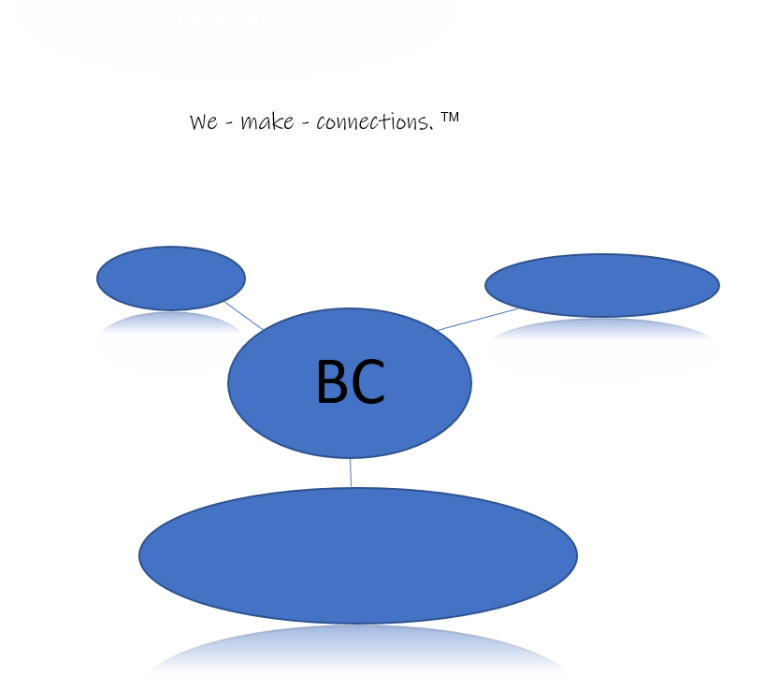The Essential Guide to Business Process Management: Benefits and Implementation
Image from Unsplash
In today's business world, it isn't just enough to have a good idea or an excellent team. No, you need to also be able to provide accurate and actionable data that can help you plan for the future. That's where business process management or BPM comes in. If you're new to BPM techniques, Batiste Consulting breaks down the basics below.
What Exactly Is BPM?
Business process management is an automation tool used in the business world to increase competitive advantage through cost reduction, increased agility, and process improvement. The structure of BPM enables businesses to serve their customers better and generate business value. To do so, a business process is usually used as a starting point. This involves a list of activities to help an organization achieve its goals and functions, like a roadmap or business plan. This list of activities is then used in different contexts and modeling scenarios to constantly improve desired business outcomes and results.
Benefits of BPM
According to the BPM Institute, BPM is all about creating a process improvement culture. As such, you'll see a lot of significant advantages of implementing the BPM process in your organization. Following are some of the important benefits you can expect with BPM.
● Agility: Markets change, employees come and go, and new regulations are constantly released. BPM helps your organization deal with this through its flexible and agile framework, meaning you'll be able to continually pivot and customize processes based on current requirements.
● Productivity: One of the biggest issues companies face is productivity levels, Fow Media reports. BPM can facilitate automation in repetitive elements within workflows. This reduces redundant steps and bottlenecks while also enabling parallel processing. Thus, with BPM, you'll see a spike in productivity too.
● Efficiency: BPM helps make business processes more visible. This allows organizations to work more efficiently while properly managing resource allocation. You will also see your costs come down significantly when processes are made more efficient.
● Measurability: BPM techniques help you measure all processes to better evaluate which ones are working and which aren't. With a variety of measurable analytics, you will also be able to compare expected results. When creating a business process management framework, it is critical to constantly monitor its effectiveness and act on steps to improve the process and output.
Implementing BPM
Once you have a rough roadmap for your internal processes, it's time to investigate any problems within the process. For example, you could evaluate which steps cause the most delays or where costs go up and down. After identifying the main problem areas, you will need to redesign the existing processes. Conducting studies like impact analysis, risk analysis, and failure mode and effects analysis will help you optimize the processes even further. From there, it's all about implementing and communicating your new and improved processes. You will need to get your employees on board, redefine goals and then roll out the techniques. Be sure to constantly monitor and measure your processes even after implementation.
Utilizing BPM techniques for your business is critical to account for your company's growth and success. After all, technology can go a long way in optimizing internal processes, so it is vital you use these to your advantage. After implementing BPM methods for a while, you should see improved automation, optimization, management, and modeling, so it is well worth the effort!
Need guidance in bringing BPM to your business? Batiste Consulting can help! We have over 18 years of experience in organizational management and can help you find solutions for your business needs. Click here to learn more today.
Batiste Consulting, LLC welcome new contributor, Tina Martin.

